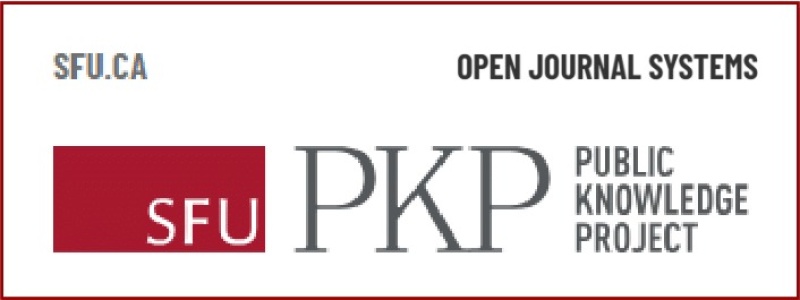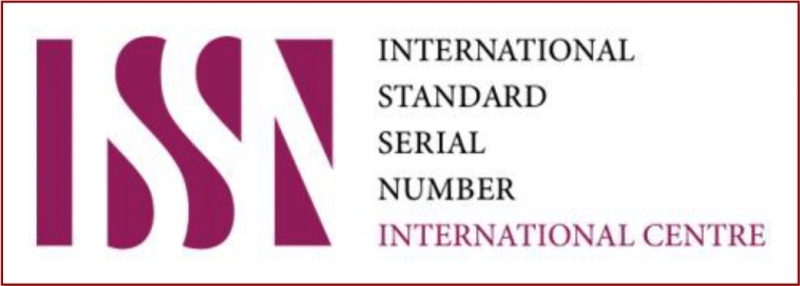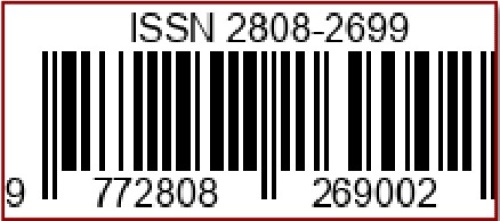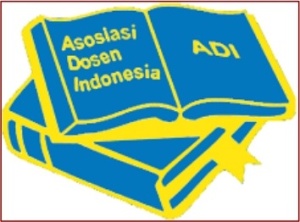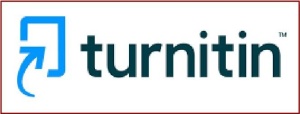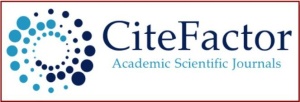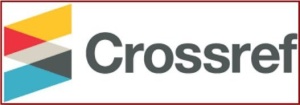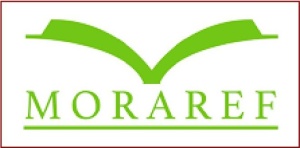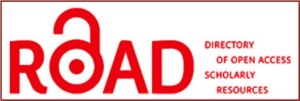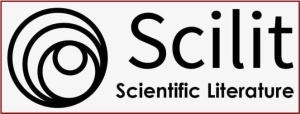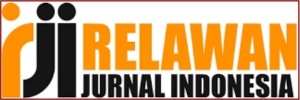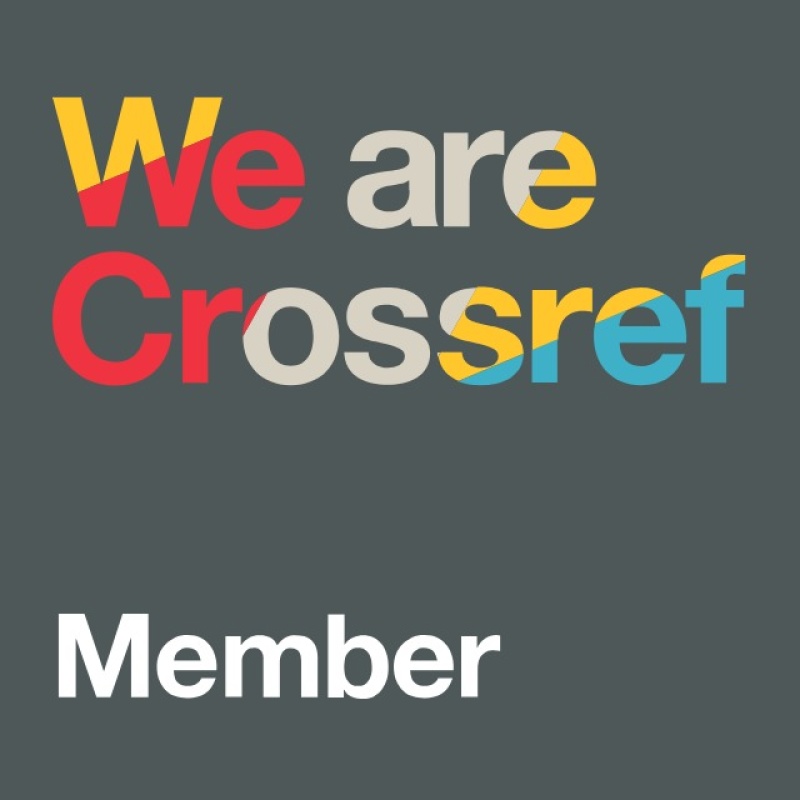Pengaruh Model Pembelajaran Student Team Achievement Divisions (STAD) terhadap Kemampuan Pemecahan Masalah Matematis Siswa
DOI:
https://doi.org/10.36312/ejiip.v1i1.31Keywords:
Student Team Achievement Divisions (STAD), Problem Solving.Abstract
This study aims to determine the effect of the Student Team Achievement Divisions (STAD) learning model on students' mathematical problem solving abilities, student activities, and to see the implementation of the Student Team Achievement Divisions (STAD) learning model on cube and block material for class VIII SMP Negeri 2 Narmada. This research is a quantitative research with experimental methods and uses a Pre-Experimental design in the form of Posttest-Only Control Design. The population in this study were all class VIII SMP Negeri 2 Narmada which consisted of five classes totaling 186 students. Samples were taken by simple random sampling technique. The sample consists of two classes, namely class VIIID as an experimental class with 35 students and class VIIIE as a control class with 35 students. The test results obtained a reliability level of 0.88 with a total of 28 students. It can be interpreted that the students' mathematical problem solving ability test questions have very high reliability and are suitable for use. The analysis carried out in this study was to determine the effect of the Student Team Achievement Divisions (STAD) learning model on students' mathematical problem solving abilities using the t-test calculation where the results of the analysis showed the influence of the Student Team Achievement Divisions (STAD) learning model on mathematical problem solving abilities. students of 0.91 with strong criteria. Analysis of student learning activity observation sheets showed an increase in student learning activities, which in the first meeting obtained a percentage of 87.15% and the second meeting was 89.11% with very active criteria. Analysis of the observation sheet on the implementation of the Student Team Achievement Divisions (STAD) learning model using the calculation of the percentage of implementation frequency obtained the percentage of 81.91% very good criteria.
Downloads
References
Arkasari, T. R., Hobri., & Sugiarti, T. (2014). Implementasi Kurikulum Tingkat Satuan Pendidikan Plus oleh Guru Matematika di Rintisan Sekolah Bertaraf Internasional (RSBI) SMPN 3 Jember. Pancaran Pendidikan, 3(4), 193-204.
Dewi, D., Sugiarti, T., & Suharto, S. (2013). Penerapan Model Cooperative Learning Tipe Co-Op Co-Op Disertai Metode Eksperimen untuk Meningkatkan Aktivitas dan Hasil Belajar Siswa Kelas VIII pada Materi Teorema Pythagoras di SMP Negeri 2 Rambipuji Tahun Pelajaran 2012/2013. Kadikma, 4(3), 33-42. https://doi.org/10.19184/kdma.v4i3.1130
Dewi, I. A. S. K., Kristiantari, M. G. R., & Putra, M. (2014). Pengaruh Model Pembelajaran Co-Op Co-Op (Kerjasama) Berbasis Masalah Terbuka terhadap Hasil Belajar PKn Siswa Kelas V SD. MIMBAR PGSD Undiksha, 2(1), 1-10. https://doi.org/10.23887/jjpgsd.v2i1.3086
Hakim, L. (2008). Perencanaan Pembelajaran. Bandung: CV. Wacana Prima.
Husna., Ikhsan, M., & Fatimah, S. (2013). Peningkatan Kemampuan Pemecahan Masalah dan Komunikasi Matematis Siswa Sekolah Menengah Pertama Melalui Model Pembelajaran Koopertif Tipe Think-Pair-Share (TPS). Jurnal Peluang, 1(2), 81-92.
Jihad, A., & Haris, A. (2012). Evaluasi Pembelajaran. Yogyakarta: Multi Pressindo.
Könings, K. D., Brand-Gruwel, S., & van Merriënboer, J. J. G. (2005). Towards More Powerful Learning Environments Through Combining the Perspectives of Designers, Teachers, and Students. British Journal of Educational Psychology, 75(Pt 4), 645-660. https://doi.org/10.1348/000709905X43616
Slavin, R. E. (2009). Cooperative Learning: Teori, Riset dan Praktik. Bandung: Nusa Media.
Sugiyono. (2014). Metode Penelitian Pendidikan Pendekatan Kuantitatif, Kualitatif, dan R & D. Bandung: CV. Alfabeta.
Trianto. (2008). Mendesain Pembelajaran Kontekstual (Contextual Teaching and Learning) di Kelas. Jakarta: Cerdas Pustaka Publisher.

Downloads
Published
How to Cite
Issue
Section
License
Copyright (c) 2021 Sabrun

This work is licensed under a Creative Commons Attribution-ShareAlike 4.0 International License.
-
Attribution — You must give appropriate credit, provide a link to the license, and indicate if changes were made. You may do so in any reasonable manner, but not in any way that suggests the licensor endorses you or your use.
-
ShareAlike — If you remix, transform, or build upon the material, you must distribute your contributions under the same license as the original.

